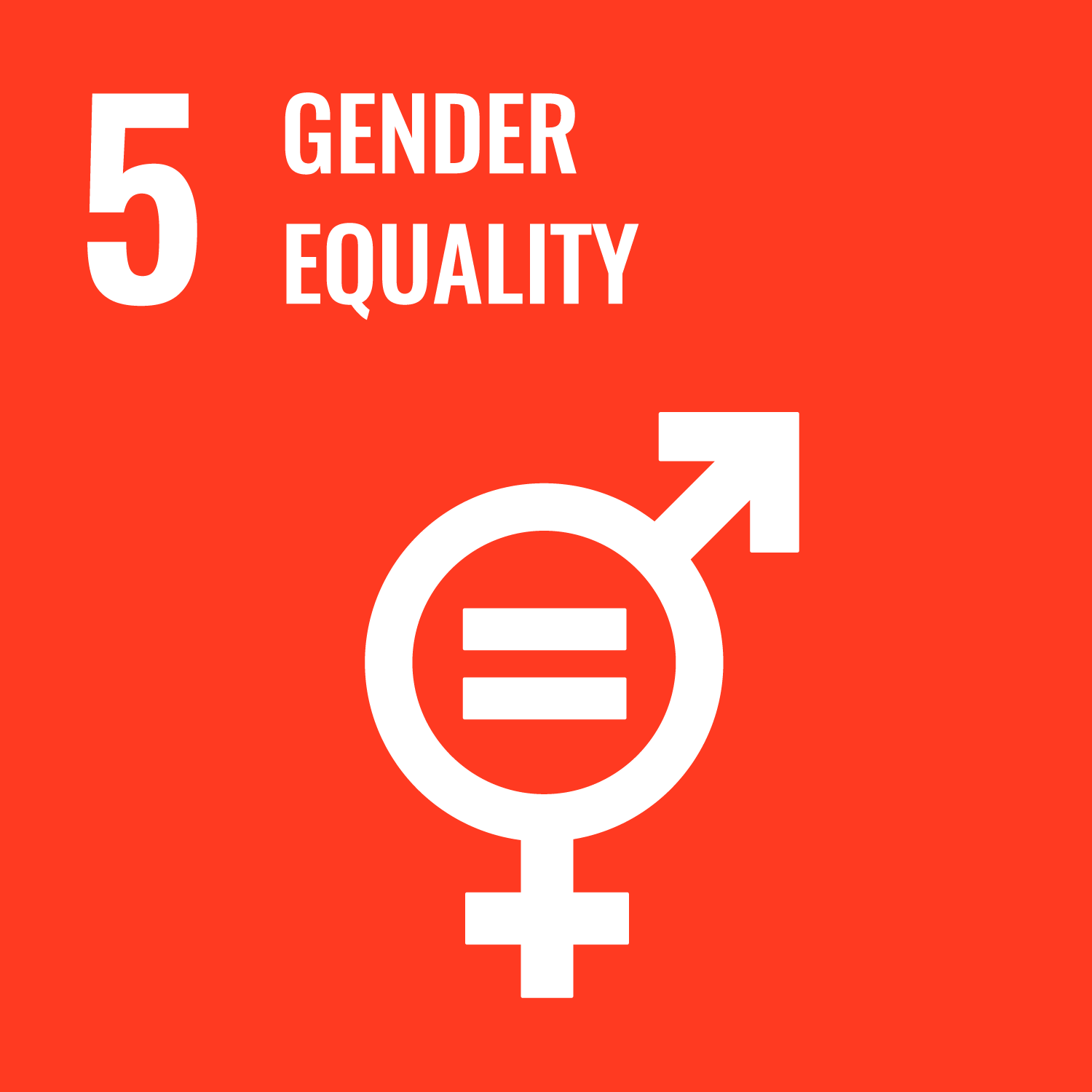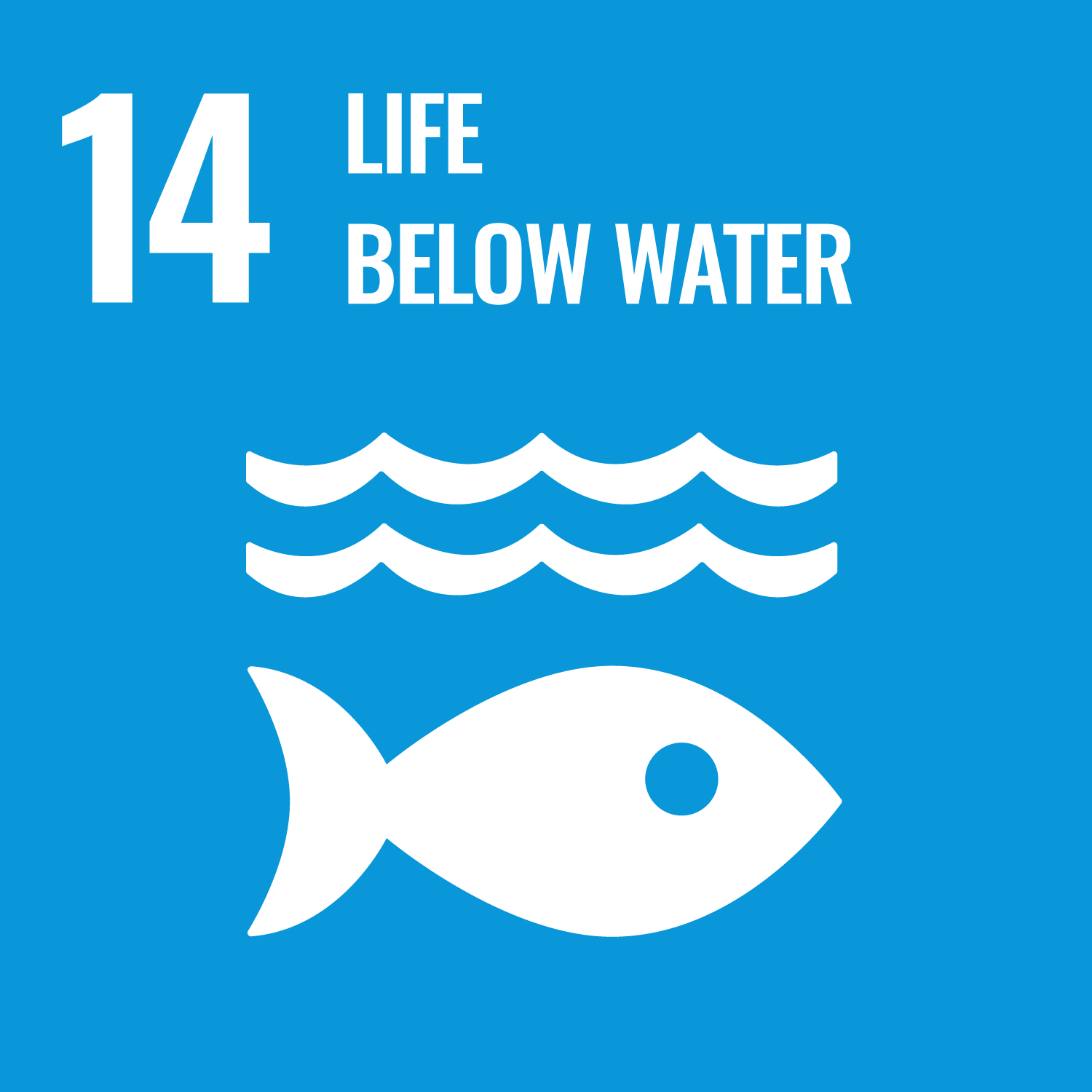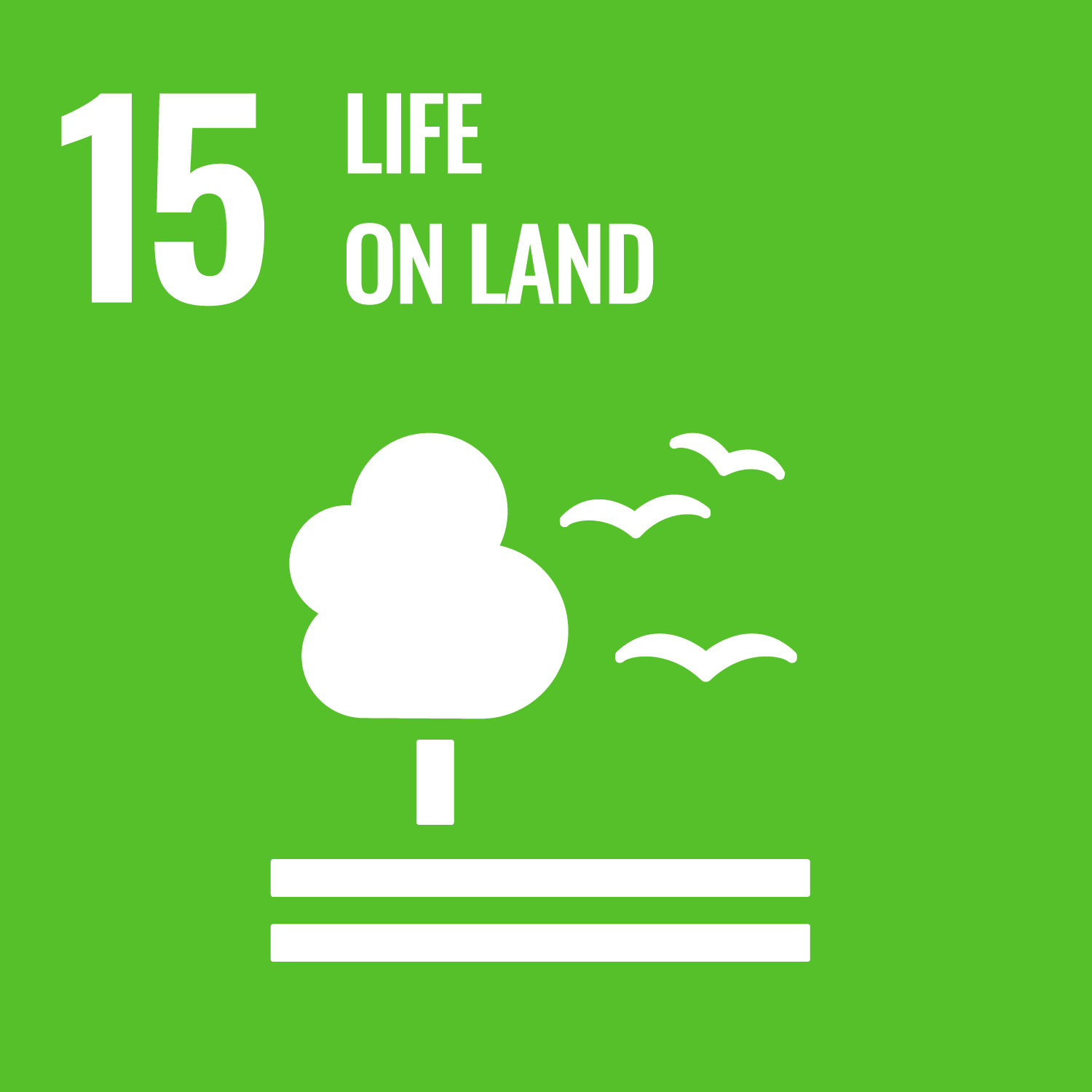Promotion of the Management of Sunderbans-Mangrove Forest in Bangladesh
OBJECTIVES
The Bangladesh Forest Department (BFD) under the Ministry for Environment, Forest and Climate Change (MoEFCC) is enabled to manage the Sundarbans in a sustainable manner through co-management by involving local resource users, efficient and standardised patrolling (SMART), and a proper ecological monitoring.
DESCRIPTION
The “Sundarbans Reserved Forest” is declared a UNESCO world natural heritage site and RAMSAR site. The Sundarbans are not only the largest closed canopy mangrove forest, they are also home of endangered river dolphins and one of the world’s largest tiger populations. More than 300,000 people are directly dependent of the forest resources and many more are protected due to the absorbing mangrove belt from storm surges and typhoons. Building on SMP-I (2015-19), SMP-II is aiming to make the governance of the Sundarbans more equitable, sustainable and effective by empowering the communities around the Sundarbans to participate in the forest management, by introducing tools for patrolling and law enforcement (SMART = Spatial Monitoring and Recording Tool), by conceptualising Ecological Monitoring using Remote sensing and techniques on the ground and by drafting the Integrated Resource Management Plan 2030 for the Sundarbans.
APPROACH/FIELD OF INTERVENTION
Built on best practices and lessons learnt from the preceding project (SMP 1, 2015-19), the Support to the Management of the Sundarbans Mangrove Forests in Bangladesh (SMP II) project is practicing a multiple-level approach:
- Building up and empowering Co-management organisations in the communities fringing the Sundarbans (Village Conservation Fora, Resource User Groups, Women-groups and other tiers) with the assumption that well-organised stakeholder are enabled to claim their rights and understand the benefits of conservation. Women play a key-role in this process.
- With the experience and input of all stakeholders, the project is working on an updated version of the official Integrated Resource Management Plan (IRMP 2030) towards sustainability and conservation of the Sundarbans.
- The frontline ranger and a pool of master-trainer of the Forest Department are enabled to use the “Spatial Monitoring and Reporting Tool (SMART)” effectively. The tool collects data on locations of illegal activities, biodiversity records, patrol routes and fishing gears. Data are centrally processed at the Forest Department headquarter. Experiences are used for a nation-wide strategy for SMART.
- The introduction of systematic Ecological Monitoring (EM) in the Sundarbans is aiming to assess the state of the ecosystem and predict possible impacts. The complete conceptualisation as well as pilot studies are expected; the EM concept includes sets of field parameter, Remote Sensing/Earth Observation data and the use of light-weight drones. At the forest department, a specialized unit (RIMS) will manage the data platform.
TARGETED BENEFICIARIES
- Poor resource users – including landless groups – living in periphery of the Sundarbans.
- Frontline ranger and managing staff of the Bangladesh Forest Department (BFD).
- NGOs that will partner with BFD to strengthen co-management at the local level.
HIGHLIGHT ACTIVITIES
- In order to strengthen Co-management, the respective statues, implementation modalities and potential finance mechanism are adopted and functional in 20 (out of 37) Village Conservation Fora around the Sundarbans. The improving participation of women groups and resource user groups is documented. A total of 480 members were already trained in leadership, practical skill development, proposal writing, conservation values and more.
- A pool of 7 master-trainer on SMART was formed and is transferring their skills to frontline ranger. The patrols are being mentored until the ranger are able to perform these activities independently. At national level, a platform will be established within the BFD’s Resources Information Management System (RIMS) that is capable of managing and evaluating the SMART data. In order to transfer the SMART experiences to other forest and conservation areas in Bangladesh, a national technical Commission is set up.
- A Technical Commission is overseeing the development of a long-term Ecological Monitoring for the Sundarbans. A set of parameter is under testing in order introduce a standardised monitoring by involving Remote Sensing (e.g. vegetation index, changes of forest patterns), biodiversity records in the field (e.g. riparian avifauna, river dolphins, forest composition) and drones (e.g. resilience of disturbed areas). All parameter will help to monitor the conservation status and threats in the Sundarbans.
- A gap analysis of the existing Integrated Resource Management Plan (IRMP) as well as updated inputs are helping to balance conservation needs and sustainable use for the Sundarbans in the future (2030)
- Furthermore, SMP-II is implementing Covid-19 mitigation measures (special funds for 2019/20 by BMZ) in order to support the extreme poor resource users, the BFD’s law enforcement against poaching and the school children around the Sundarbans during this challenging period.
PUBLICATIONS
- SMPI & II fact sheet
- SMPI factsheet
- SMART factsheet – SMPI
- Co-management factsheet – SMPI
- Mud-crab factsheet – SMPI
- SMART handbook (file attached) – SMPI
- Mud crab lessons learnt report (file attached) – SMPI
- E-Poster on Governance Assessment – SMPI
- Super Cyclone Amphan hits Sundarbans, Bangladesh
- Drones for enhanced surveillance and to strengthen conservation of the Sundarbans
- Supporting Sundarbans resources users during pandemic-Linking the vulnerable with service providers
- Full Solution in Panorama Solution Website: Spatial Monitoring and Reporting Tool (SMART) for Effective Law Enforcement Monitoring in the Sundarbans Mangrove Forest, Bangladesh
VIDEO
SUCCESS STORIES
Women placed themselves in better position to contribute in co-management in the Sundarbans
Legal instruments as well as existing practices ensured representation of women in the different co-management tiers. Out of the two members from a particular Village Conservation Forum (VCF) representing in the PF, one must be women. There are also positions reserved in CMC for women. More number of female members are representing their households in VCF meetings since introduction of co-management in the Sundarbans.
In contrast, women have very low influence in co-management decision making due to low self-esteem, limited skill to express and limited knowledge. Therefore, SMP initiates special measures for empowering women through capacity development and formed Women Group (WG) under VCF structure and meet regularly. Selected members from WG received trainings on ‘organizational and leadership development’ and ‘role of women in conservation of Sundarbans’ are being mentored and backstopped regularly.
They often organize awareness cum sensitization sessions with the support of SMP focusing on ideal co-management approach and benefits, impacts of unsustainable practices to the ecosystem and community livelihoods, role of women in conservation management etc. and after going back to home conveying the learnings to male members and convincing them.
“Ms. Selina, Member, Women Group mentioned “I attended meetings regularly. I had belief the effects of poison fishing wouldn’t last long since Sundarbans is lotic water system, poison washes out quickly leaving very minimum effect on ecosystem. However, through the awareness session of WG, I learnt that the application of poison has long-term effect on the ecosystem: destroy fish population, life and livelihoods of fishers. My husband used poisons quite some time to fish. I handed over him to PF member of our VCF and requested him to refrain my husband from poison fishing with the fear of family suffer.”
SMART (Spatial Monitoring and Reporting Tool) is an evidence-based data collection and reporting system for wildlife and forestry law enforcement monitoring.
From June 2016 onwards, SMART patrols have been introduced in the 6,017 sq.km area of the Sundarbans Reserved Forest. Mr. Belal Hossain joined Sundarbans Reserved Forests on 19 September, 2016 as a Forester without having any idea of SMART patrolling and posted in Burigolaini Station of Satkhira Range of Sundarbans West Division as Station Officer.
He received his first basic training on Spatial Monitoring and Reporting Tool (SMART) patrolling in June 2017 from the Sundarbans Management Project (SMP) implemented jointly by BFD and GIZ-SMP. He joined his first SMART patrol in the Sundarbans as a team leader of Satkhira SMART Patrol Team -2 in January 2018. Later on in July 2018, he took over the role of SMART data coordinator for the whole Sundarbans Reserved Forest (SRF). SMART data coordinator for the SRF is responsible for reviewing and compiling all exported patrol data; drafting a combined monthly report on SMART patrols for the whole SRF with recommendations; presenting the report to the SMART enforcement committee and after finalization storing all documents (hard and soft copies).
“Working with SMART has given me the confidence to carry out multiple tasks with efficiency and greatly enhanced my presentation skills. Tracing and dealing with offences became easier in the Sundarbans with introduction of SMART” said Mr. Hossain when he was asked what the main contribution of SMART in his career is. Now, Mr. Hossain is a very confident Forester and received several other trainings from SMP and other project of BFD including an exposure visit to India.
COUNTRY
Bangladesh
DURATION
01 May 2019 - 31 Jul 2022
Commission Agency
BMZ
SDG




